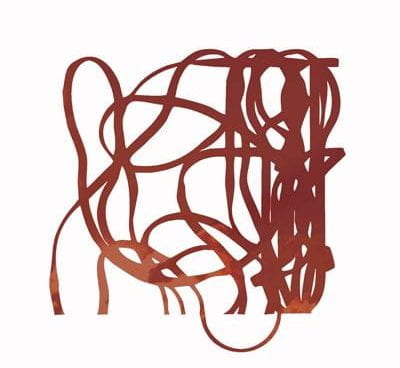Tibetan dance, or Tibetan ethnic dance has a long history closely connected with Han dance culture. It interacts with the dance culture of neighbouring ethnic groups and countries, forming a unique Tibetan dance culture in the Tibet Plateau of China. There are many kinds of Tibetan folk dances with their own characteristics, of which the most popular ones are Xie, Zhuo, Guozhuang, Guo Xie, Guo Zhuo, Xianzi, and Dui Xie. are the most famous circle dances.
Tibetan dance, on the whole, can be divided into national folk entertainment dance and religious dance. Both kinds of dance have their own rich cultural connotations, beautiful and natural dancing posture and unique dance styles and form. Among them, Qiangmu belongs to the most important sacrificial dance in the category of religious dance. The emergence and spread of the temple dance Qiangmu is closely related to the birth and development of Tibetan Buddhism. At the same time, due to the existence of different sects in Tibetan Buddhism, Qiangmu, also commonly known as Tiaoshen dance, can have different characteristics and varieties of dance forms, use of props, and costumes of performers.
Tibetan folk entertainment songs and dances also enjoy an amazing variety. Xie, a collective circle dance, is mainly composed of singing and dancing and accompanied by a string instrument.
Zhuo is a dynamic group dance involving repeated musical dialogues between dancers and relying on song, dance and lyrics. During a Zhuo performance we can often see different kinds of drums used as a dance prop.
Originating from the ancient Tibetans’ entertainment of singing and dancing around bonfires or indoor pots is Guozhuang, a mixed-tempo style in which dance movements include the simulation of animal postures, mutual verbal or non-verbal expressions of love and other elements. The style and characteristics of Guozhuang are distinctive in form, style and jumping method thanks to the influence of different regions and cultures in agricultural and pastoral areas.
Another dance style popular in the vast rural areas of the Tibet is Guoxie, sometimes referred to as “Tibetan rural song and dance”. During festivals, people sing and dance all night long. Men and women sing together in turns, praising the scenery of their hometown and pouring out their love; people dance hand in hand using strong, energetic, steady steps to a distinct rhythm. As the speed of dance gradually accelerates, all the dancers use the full soles of their feet to jump and stump the ground, making the atmosphere more and more inviting, lively and spirited through the collective song and dance.
Of course, there are many more Tibetan folk dances to introduce. If you find it interesting, I will be happy to share more details of the traditional Tibetan and Chinese folk dance with you next time.
Wei Tianci is a graduate student of Beijing Dance Academy, majoring in Chinese folk dance. She also does Chinese classical dance of Han and Tang dynasty. Now, Wei is one of the artistic Teaching Assistants at Goldsmiths Confucius Institute for Dance and Performance. She hopes to be able to continue exchanging knowledge of the traditional culture of different places with international friends.

